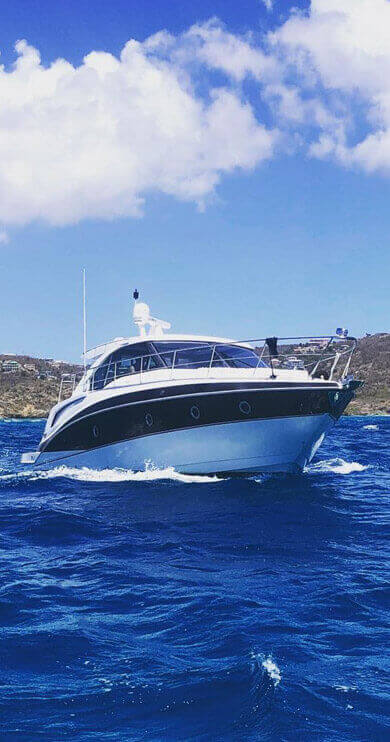Showing all 16 results
Passenger safety Equipment and why it’s needed
Being out on the water is a favorite thing for many people, especially the ones who live near a water body that can be navigated. There are personal vessels that people use for their leisure and recreation. These can be seen in all parts of the world, and many activities are related to them.
In some cases, the boat or vessel could be meant for commercial services that involve passengers. We have all seen situations where the vessel is intended to carry passengers across. Others are meant for tours and day trips on water bodies. Regardless of what the boat is meant for, you need to have adequate passenger safety equipment on board.
Why you need passenger safety equipment
The reason why you need such safety equipment is that it is a requirement by many coast guard rules. It is also because there are so many unknown probabilities out in the open water. The boat could fail and capsize, a storm could hit you, and the boat could break down, and so on. It is also possible that you are taking the passengers to places where they can engage in activities such as snorkeling or deep water diving. This requires even more safety measures to be made. Passenger safety equipment comes in handy in all situations that involve passengers.
Boats may be used for a variety of things. It could be a day cruise, an overnight cruise, a cruise taking a couple of weeks or months, diving, skiing, wake surfing, or fishing venture. The truth is that different people are attracted to different things on the water. Every activity has its hazards, and they ought to be taken seriously so that the appropriate measures are considered to be prepared for the worst-case scenario.
The essential passenger safety equipment
While there are so many things that ought to be considered. Some basics are a must-have. These are the things that could get you into trouble if you were caught without by the coast guards in your area. One thing to remember when you have the safest gear on board is to have it inspected periodically without fail. This is a way that ensures that it remains in the best working order. The kind of items you have onboard depend mainly on the size and type of vessel that you are using, and it is better to find out instead of getting into unnecessary trouble with the authorized body.
The passenger’s safety equipment includes:
-
Wearable floatation devices also called PFDs and life jackets.
If you have people onboard your vessel, they should have access to a wearable life jacket. This must be available to everyone. If you want to tow a skier or if there is a wake surfer just behind your boat, they should also have the PFD. If an emergency happens, you should ensure that everyone around you has life jackets. You may also recommend that your passenger get the jackets at the dock before heading out into the water.
-
The throwable devices for floating
Apart from life jackets, there is a need to have floating devices. This is thrown out to individuals when on the water in case an issue arises, or a passenger goes overboard. It can be in the form of a ring buoy, a cushion, or any device that can help in such a situation. Some of the items are connected to a line that can be used to pull out the passenger from the water.
-
Fire extinguishers
When it comes to extinguishers, there are different ratings and kinds that you can pick. However, you need to make sure that you keep it as simple as you possibly can. Different specifications are required for different boat sizes, and you should adhere to this.
-
Devices for visual signaling
Passenger safety equipment also includes devices used for visual signaling. These are visual distress signals, and they come in different packages and requirements. If the boat happens to be less than 16ft, it needs to have nighttime signals or flares. The boat that is over 16 needs to have visual signals for night and day use at all times. Aerial night flares are quite common. Other devices required at night include strobe lights.
-
Devices for sound signaling
Sound attracts help during the night and day. It is especially useful in cases where there is fog.
Where you buy passenger safety equipment
It is always essential to get passenger safety equipment that is of high quality. You can check the variety available at harbor shoppers and match it with the kind of needs that the vessel has. You can get medical kits, anchor lines, bailing device or bucket, paddles, or oars in case the engine fails, cellphone, VHF radio, knife, snorkel mask flashlight, and skier flag, among others.






























